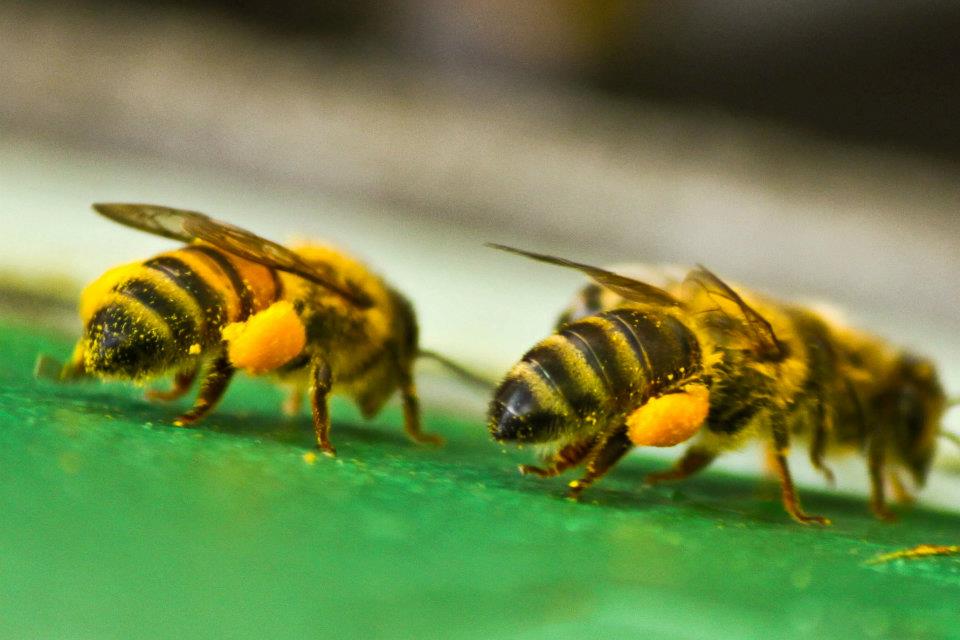Our breeding program is unique.
First of all, we don’t EVER treat with anything! I am committed to this path because to me I am following what I see as the natural order of things.
To my teachers, and they are many, thank you for inspiring me. This includes beekeepers (customers as well), mites, diseases, bears and the bees themselves all of which have mentored me and put me in touch with natural cycles.
Our bees are located in Benson and West Haven, Vermont as well as on the NY side of southern Lake Champlain between the foothills of the Adirondack’s to the west and valley meadow, wetlands, and Lake to the east.
I value the uniqueness of my bee yards as diverse plant life provides nectar and pollen supply for almost all of the growing season.
In contrast, our winters can confine the bees for 5 months or more (November – Early March) with subzero temperatures for 7-10 days at a stretch a normal pattern.
Such a long winter has a way of culling tracheal mites, heavy varroa loads, Nosema, dysentery, poorly laying queens, bees that eat too much( a symptom not a cause), etc.
The culling process can then be accomplished by mites, secondary viral and bacterial infections, and environmental stresses (i.e drought, long winters, extreme temperature fluctuations) to mention a few.
Our breeders are selected from the gentlest, most productive colonies that successfully survive two winters and have no disease occurrence.
Be assured we do not order breeder queens from somewhere else and sell you the daughters.
Each new crop of daughter queens must undergo this lengthy assessment before being considered a breeding mother.
This is currently the way I assess though I realize that a decrease in turnover time may be for attaining the desired goals in the shortest time possible.
I don’t count mites or test for hygienic behavior both of which I consider useful tools. I don’t breed for pollen hoarding or color of my queens or bees.
These are what I consider a focus of vision, an attention on particular traits that can easily lead to the exclusion of others. Which is not to say that VSH and hygienic bees are not valuable in my gene pool.
They are not, however, a fixation for me.
I use a wide angled vision with regards to breeding.
I do not pretend to know much about the science of genetics. I can, however, assess my colonies on two basic criteria. That is simply, do they survive and so they thrive.
This means tracking queens and generally knowing the hives as individuals (yes they are distinctly so). I do realize that what I am breeding for are long-term abilities with regards to mite-resistance.
Another approach is short-term resistance breeding where mites and diseases are given to breeding candidates to speed natural selection to under 1years time. This I will explore in the near future.
I emphasize optimal queen nutrition starting with healthy well-fed cell builders that are kept at swarming strength.
Drone mother colonies likewise are attended to with the same detail as nutritional requirements can be intense for maintaining the desired density in mating areas.
I emphasize diversity in my gene pool.
This picture demonstrates diversity within this hive as evidenced in the solid brood pattern.
Increased resilience may result, in part, from having multiple subfamilies of super-sisters within the hive allowing a broad range of potential responses to stresses.
Lastly, or firstly, I love to watch, mesmerized and daydreaming constantly amazed and inspired, by the bees and their connection to the world.

